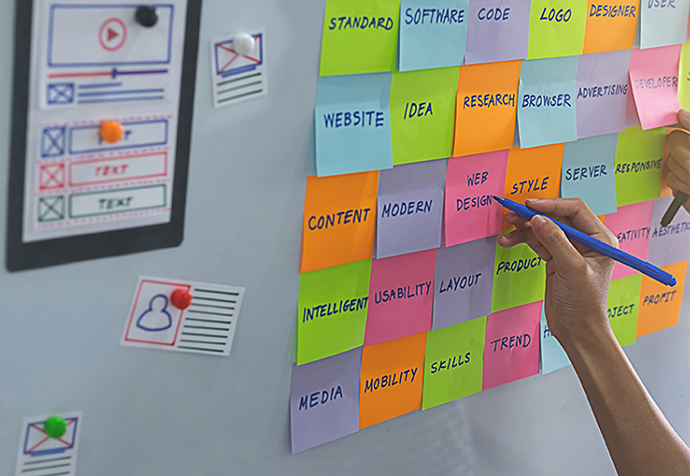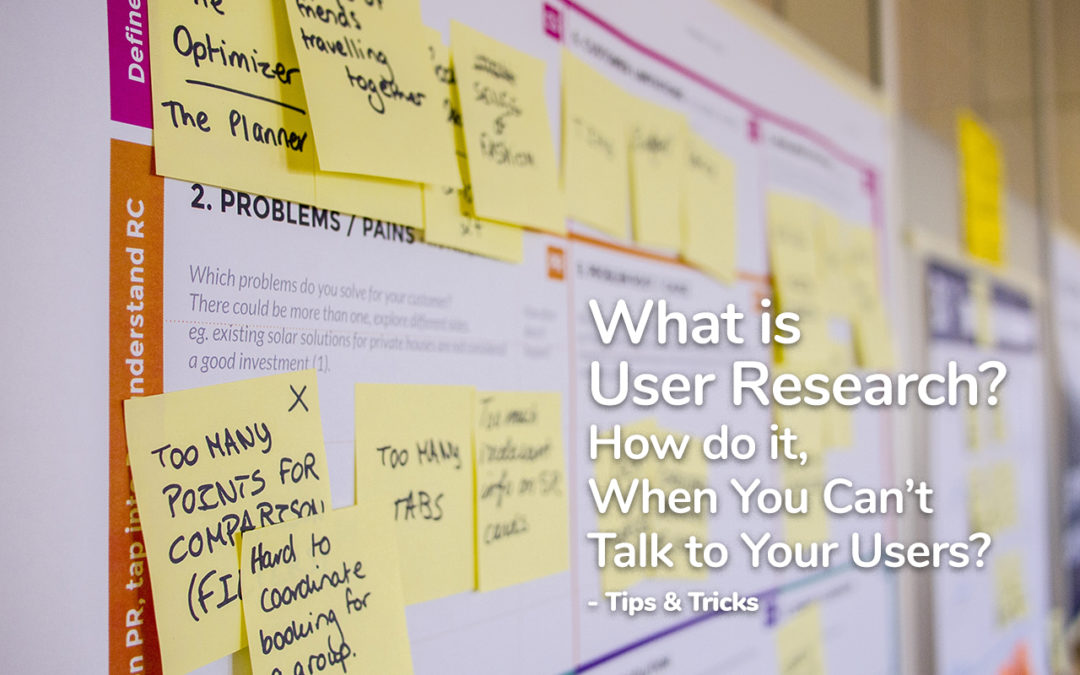User Experience (UX) Research
Let's learn how to understand a user's brain in the right way.

Summary of this page
- What is the meaning of UX research?
- How to think like a UX Researcher?
- How UX researchers do their job?
- Know about The various user research methods
- UX research methods - discovery, validation, prototype, follow-up
- Affordable UX research solutions for startups
- Who can do UX research, and what skills they need?
- Why user research required for your digital product?
- Why HealXRlabs for your product's UX research
- Which is UX tools Trading in 2020?
- Good Reads for UX Research
What is UX research?
In a simple language - User research focuses on understanding from the target audience or user group about a digital or physical product.
The user research process focuses on understanding the targeted user behaviors, pain points, needs, fear, motivations, and how they use or relate to a product.
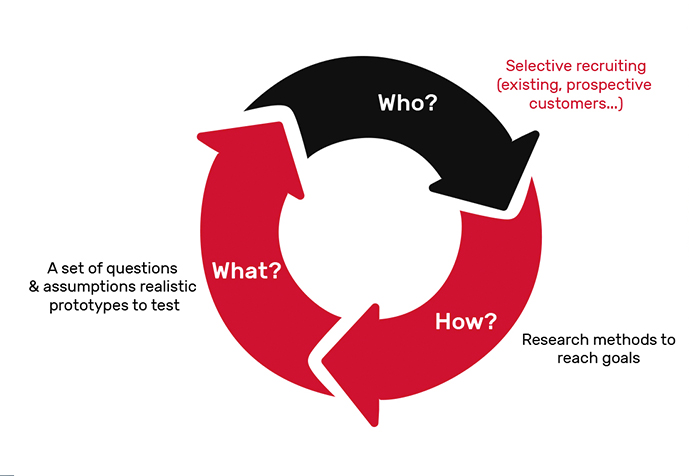
How To Think Like a UX Researcher?
- Think like 'Sherlock'- We likened UX researchers to detectives. Now we're likening UX research to explorers. Think of three explorers—they can be historical or contemporary—read up on them to get a sense of what motivated them and what their objectives, challenges, and discoveries were. What can you learn from them that can be applied to user experience discovery research?
- Think of a recent project you worked on where UX research failed to deliver the expected business benefits. If you could return to the beginning of that project, what would you do differently?
- Summarize UX research findings. Thinking of the last UX research you carried out, how might you present the findings on a single sheet of paper?
- We talk about the difficulty of delivering bad news to senior managers. What prevents your organization from hearing bad news? How can you help your organization learn from its mistakes?
- Every UX researcher has their favorite UX research method, be it a field visit, a usability test, or a survey. This becomes a problem when you use the same tool to answer every research question. Identify your favorite and least favorite UX research methods and question if this “ favoritism” affects your practice. Identify two research methods you would like to learn more about.
- We define a successful UX research study as one that gives us actionable and testable insights into users' needs. What makes an insight “testable”?
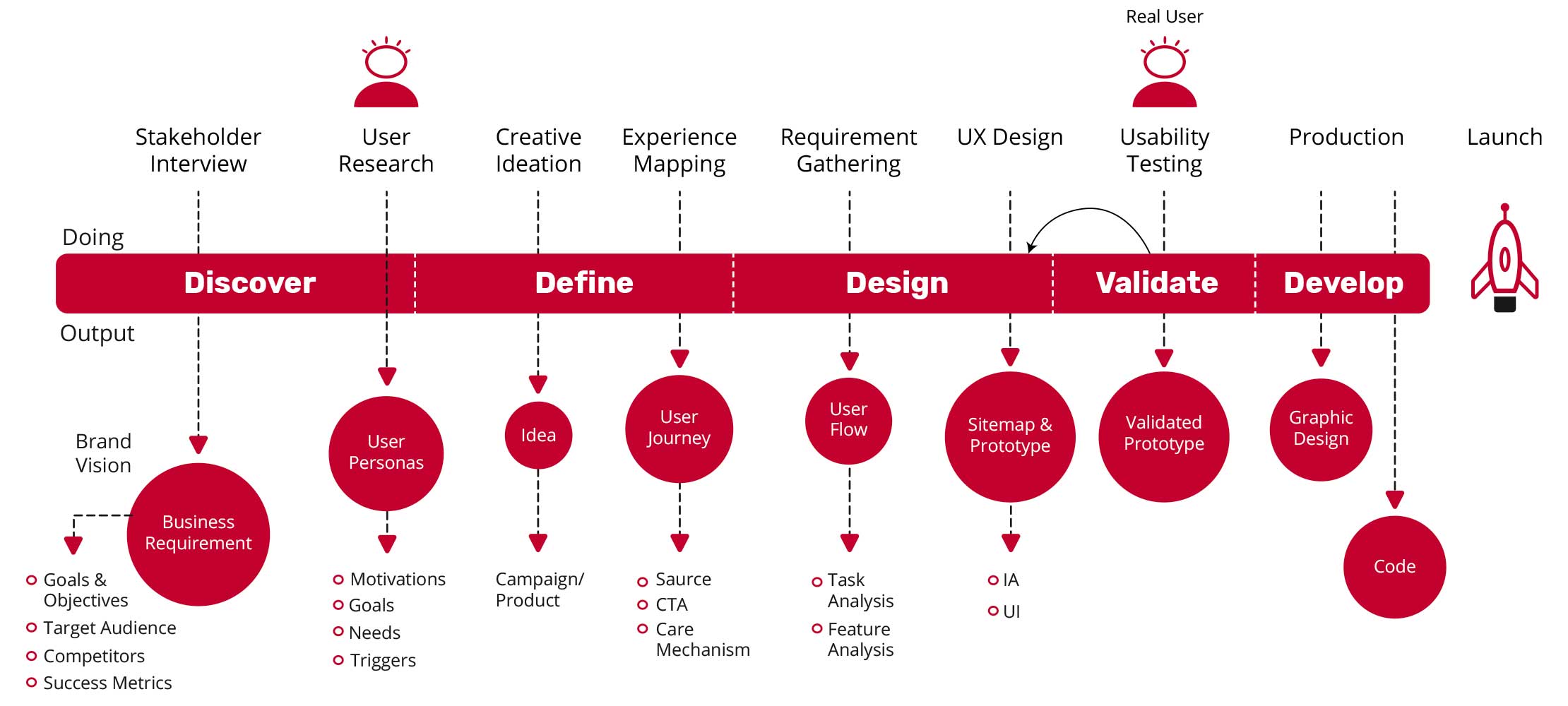
User experience design process
What are the UX research methods?
The design needs measurement and testing. There is a long, comprehensive list of UX research methods, but at its center is the user and how they think and behave—their needs and motivations. Typically, UX research does this through observation techniques, task analysis, and other feedback methodologies.
What does a user experience researcher do?
In HealXRlabs, each UX designer works with a researcher who works solely on generating, preparing, and testing ideas.

Our UX researches follow two main types of user research methods
Quantitative research is primarily exploratory research and is used to quantify the problem by way of generating numerical data or data that can be transformed into usable statistics. Example - It answers questions such as “how many people clicked here” or “what percentage of users are able to find the call to action?”
Qualitative user research is a user face to face assessment. We follow a process of understanding people's beliefs and practices on their terms. This process can involve several different methods, including contextual observation, ethnographic studies, interviews, field studies, and moderated usability tests.
A Step-By-Step Guide To User Research
At this point, we've had many UX researchers tell us that they're working on a bleeding-edge design project, so there isn't any desk research to do.
There's a common misconception that no research exists. In our experience, there is almost always something you can build upon. Here's an approach we take to go about finding it. It helps us stay focused but also makes sure that we remember to check all the possible nooks and crannies where relevant research findings may be hiding.
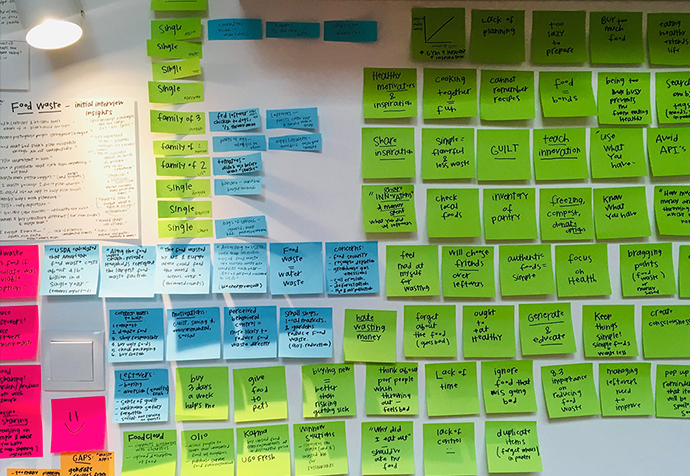
When do you need User Research?
You need UX research when you have one of the below questions and your usual answers are not cutting it:
- Why is my conversion rates lower than I expected?
- How can we attract and keep more of my core audiences?
- How can we help people find things on our website and mobile app faster?
- We have an idea or an MVP; how do we make sure it's what users want?
- How do I make my organization more customer-centric?
The chart below describes UX methods and activities available in various project stages.

Each project is different, so the stages are not always neatly compartmentalized. The end of one cycle is the beginning of the next.
The important thing is not to execute a giant list of activities in rigid order, but to start somewhere and learn more and more as you go along.
Top UX Research Methods |
|
|---|---|
Discover |
|
Explore |
|
Test |
|
Listen |
|
Research methods we follow in the four phases of the product development lifecycle
Product user research makes it possible to design for real people; otherwise, we will trade into our own myst. And businesses should always avoid that trap — especially if you are aware of your niche market. And let's face it as a marketing ninja!
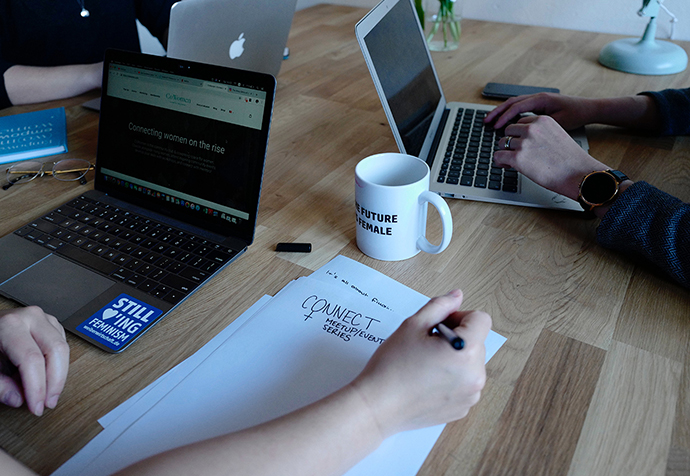
1. User research during the product discovery phase
In this phase, we find the solutions - How to Design for Everyone? And search for a target audience's problem and its solution. This will form the foundation of the product.
UX research methods for this phase:
- Interview StakeHolders - Clients and development teams often approach the UX researcher with a “method led” request (such as “Please run a focus group”). Imagine you have been asked to deliver a UX research method that you feel is inappropriate, but you are told, “That's all we can do with the time and budget available.” Which is the more ethical approach: to carry out the research method that's asked of you or to decline to run the research at all? Why?
- Market survey - to understand your users' information needs and behaviors.
- Field research - Interview sales, support, and training staff. What are the most frequent problems and questions they hear from users? What are the worst problems people have? What makes people angry?
- Competitor analysis and industry research -Find the strengths and weaknesses of your competitors' products. Discover what users like best.
2. User research Exploration techniques during product validation
Exploration methods are for understanding the problem space and design scope and addressing user needs appropriately. UX research methods in this phase:
- Website analytics - Research on its own can be valuable, but in order to use the insights to inform design, it needs to be analyzed and ultimately presented to a larger team. The analysis is the process by which the researcher identifies patterns in the research, proposes possible rationale or solutions, and makes recommendations.
- Use research to build user personas and write user stories.
- Landing page A/B tests - A/B testing is another way of learning what actions users take. An A/B test is typically chosen as the appropriate research form when designers are struggling to choose between two competing elements.
3. Testing and validating User experience research during product prototyping
Ideas now take shape for life. In this phase, make prototypes and test their usability. Run several iterations at this phase.
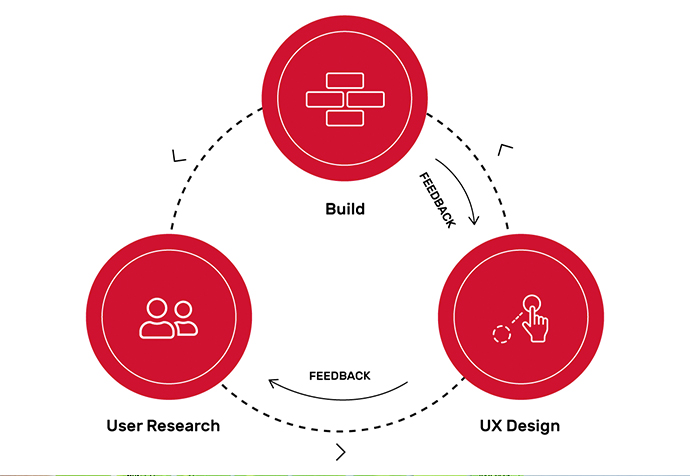
Testing and validation methods are for checking designs during development and beyond, to make sure systems work well for the people who use them.
UX research methods in this phase:
- User journey mapping - Until all the serious usability problems have solutions. We test one version of the prototype with at least three or four people every month last week. By then, it may not retain any serious usability issues in smaller products. But for a huge enterprise application may need many more iterations.
- User tests - On average, to identify the usability issues, running six tests in one cycle filters out 87% of the problems. After a round, prioritize the problems and work on them, iterate, and test again.
- Heatmap analytics
- Click analytics
4. Listen User's Voice and Test UI prototype
After the launch, many options to get feedback from users remain. Indeed, now real users can provide data.
UX research methods in this phase include:
- UX metrics - Monitor analytics and metrics to discover trends and anomalies and to treat your progress.
- UX surveys - Qualitative surveys ask open-ended questions to find out more, sometimes in preparation for doing quantitative surveys. Test surveys to eliminate problems.
- Heatmaps - We use the HotJar tool teaser the heat map on the landing page.
- Recording - Again, HotJars gives a one-stop solution for user recordings monitory with the help of it, we analyze the user behavior and usability issues.
- Data analysis - Google Analytics is part of a suite of interconnected tools that help interpret data on your site's visitors, including Data Studio, a powerful data- visualization tool, and Google Optimize, for running and analyzing dynamic A/B testing.
We are a UX research agency
We deliver user insights to leading brands all over the world. Our clients include Accenture, Teledentix, Virtual Dental Care, Gemalto, and many more.
From fintech to logistics, from education to healthcare, hundreds of digital products out there have been developed based on research results done by HealXRlabs.
Let us help you build awesome digital products! You can hire our UX Researchers for shorter projects, or on a subscription basis, together with or without a UX Designer. We also conduct UX research training, where we educate your team can learn the basics of gather in user insights, in only a couple of 5 days research sprint.
Our Clients
Our customers love us because we are delivering the Simple, Smart & Best Tech Solutions.
What Results You Can Expect from us as a UX Research agency?
In the words of Mike Kuniaysky, user research is “the process of understanding the impact of design on an audience.”
Some of the results generated through UX research confirm that improving the usability of a site or app will:
- Increase conversion rates
- Increase sign-ups
- Increase NPS (net promoter score)
- Increase customer satisfaction
- Increase purchase rates
- Boost loyalty to the brand
- Reduce customer service calls
Additionally, and aside from benefiting the overall user experience, the integration of UX research into the development process can:
- Minimize development time
- Reduce production costs
- Uncover valuable insights about your audience
- Give an in-depth view of users' mental models, pain points, and goals
We use trending UX research Tools in our studio
User Research has the potential to be a sizable undertaking, sometimes to the point that budgetary and scheduling concerns scare people away. Fortunately, today we often see a more casual, habitual approach. The tools we have available are responsible for much of that shift.
1. Hotjar

We use all in one tool to feel the Heat on the landing page, record the user sessions in a video format with mouse tracking - these features help us to narrow down the sales funnel. This tool also allows us to gather user feedback by creating stunning user feedback forms, Polls, and Surveys.
2. UserTesting.com
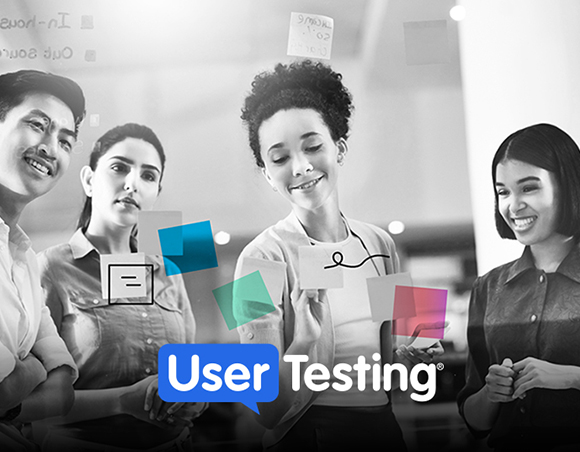
When it's not possible to schedule a real-time test with users, UserTesting.com is a great way to see how people use a site. Researchers can create a series of tasks and then receive videos from participants—either pre-chosen or randomly selected. Researchers are able to see a video of the participant using the site and speaking aloud to explain what they're doing.
3. UserZoom

We mostly use this tool for mobile app Usability testing, both moderated and unmoderated, remote testing for mobile and desktop, benchmarking, card sorting, tree testing, surveys, and rankings: they've got it!
UX Research Good Reads
There are many books that focus on interviews, usability testing, A/B testing, and other specific areas of design research. These are just a smattering of books that cover the big picture.
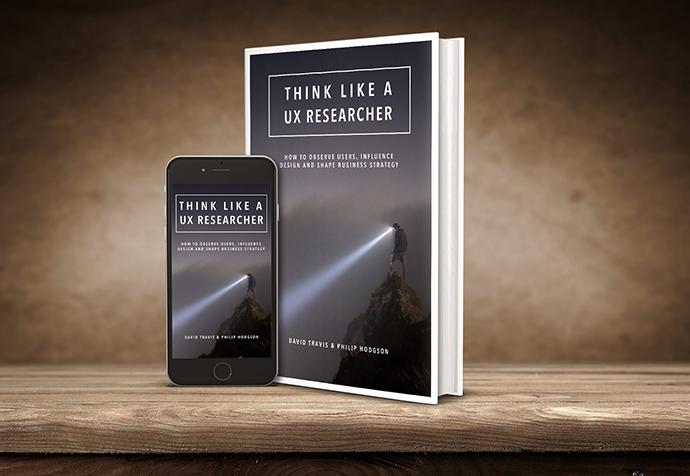
Think Like a UX Researcher
David Travis, Philip Hodgson
This book will challenge your preconceptions about user experience (UX) research and encourage you to think beyond the obvious. You'll discover how to plan and conduct UX research, analyze data, persuade teams to take action on the results and build a career in UX. The book will help you take a more strategic view of product design so you can focus on optimizing the user's experience. UX Researchers, Designers, Project Managers, Scrum Masters, Business Analysts, and Marketing Managers will find tools, inspiration, and ideas to design for what they need.
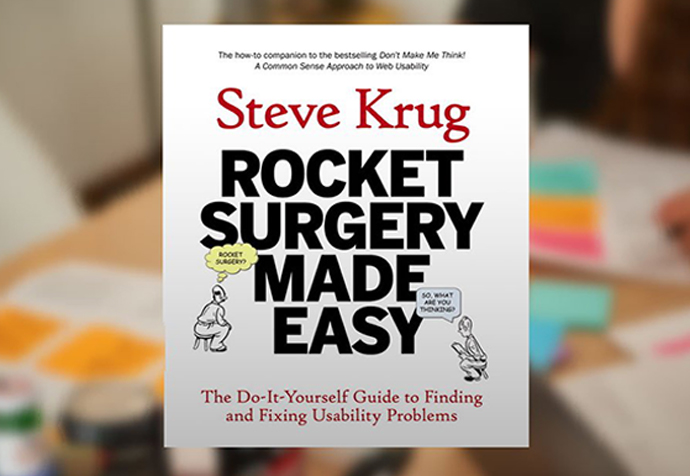
Rocket Surgery Made Easy
Steve Krug
The best part of Rocket Surgery Made Easy is that it's the resources! Included in the book is a 6 page Sample Usability Test Script that walks proctors through administering a hypothetical user test, and a Usability Testing Checklist that explains what to do in the weeks, days, and hours leading up to guerilla usability tests.

Just Enough Research
Erika Hall
In Just Enough Research, co-founder of Mule Design Erika Hall distills her experience into a brief cookbook of research methods. Learn how to discover your competitive advantages, spot your own blind spots and biases, understand and harness your findings, and why you should never, ever hold a focus group.
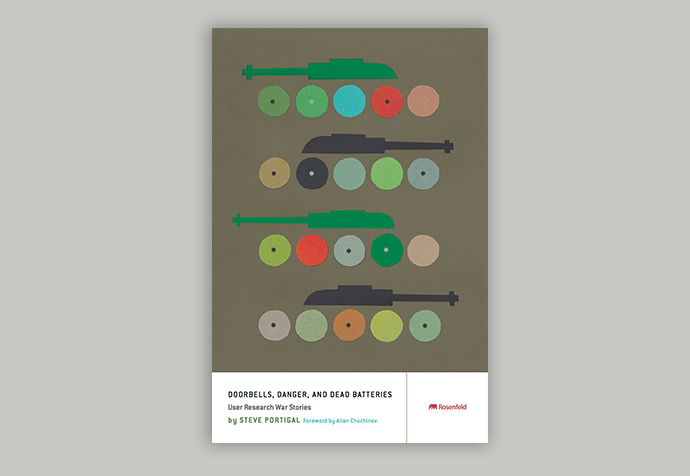
Doorbells, Danger, and Dead Batteries: User Research War Stories
Steve Portigal
Doorbells, Danger, and Dead Batteries is a diverse compilation of war stories that range from comically bizarre to astonishingly tragic, tied together with valuable lessons from expert user researcher Steve Portigal.
